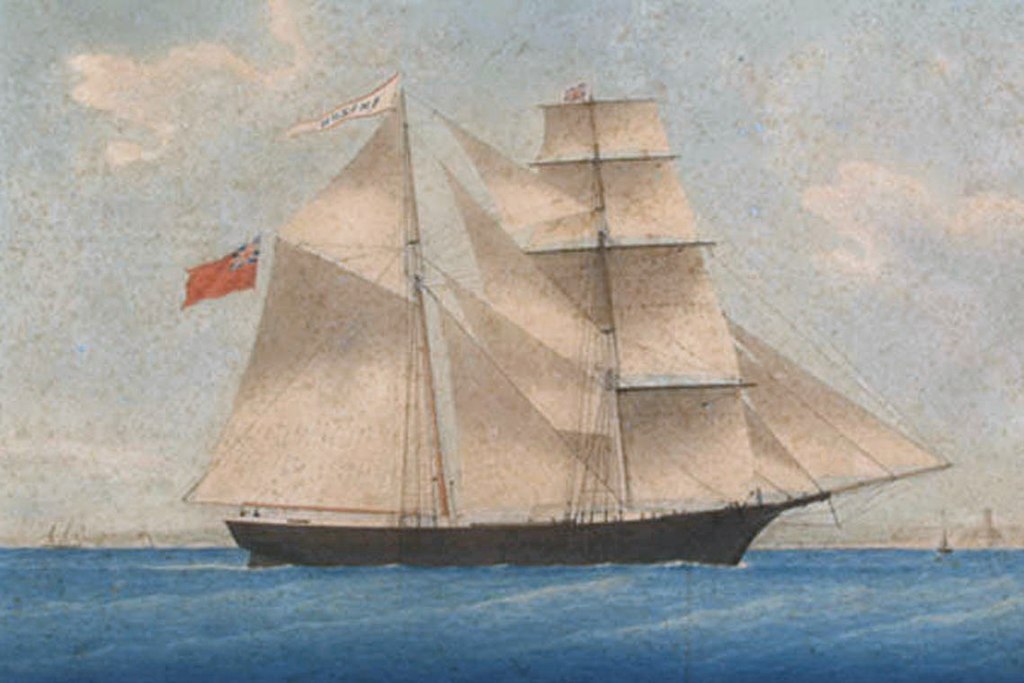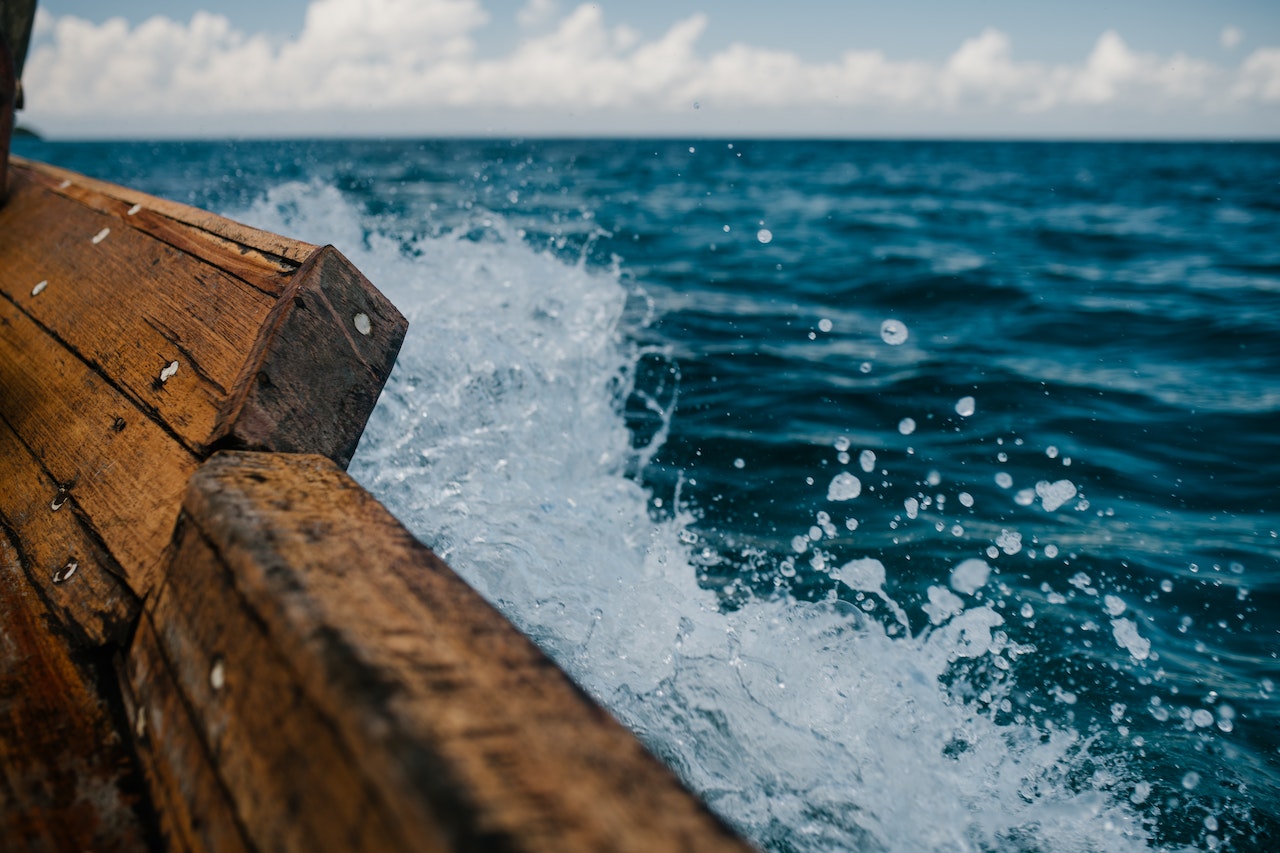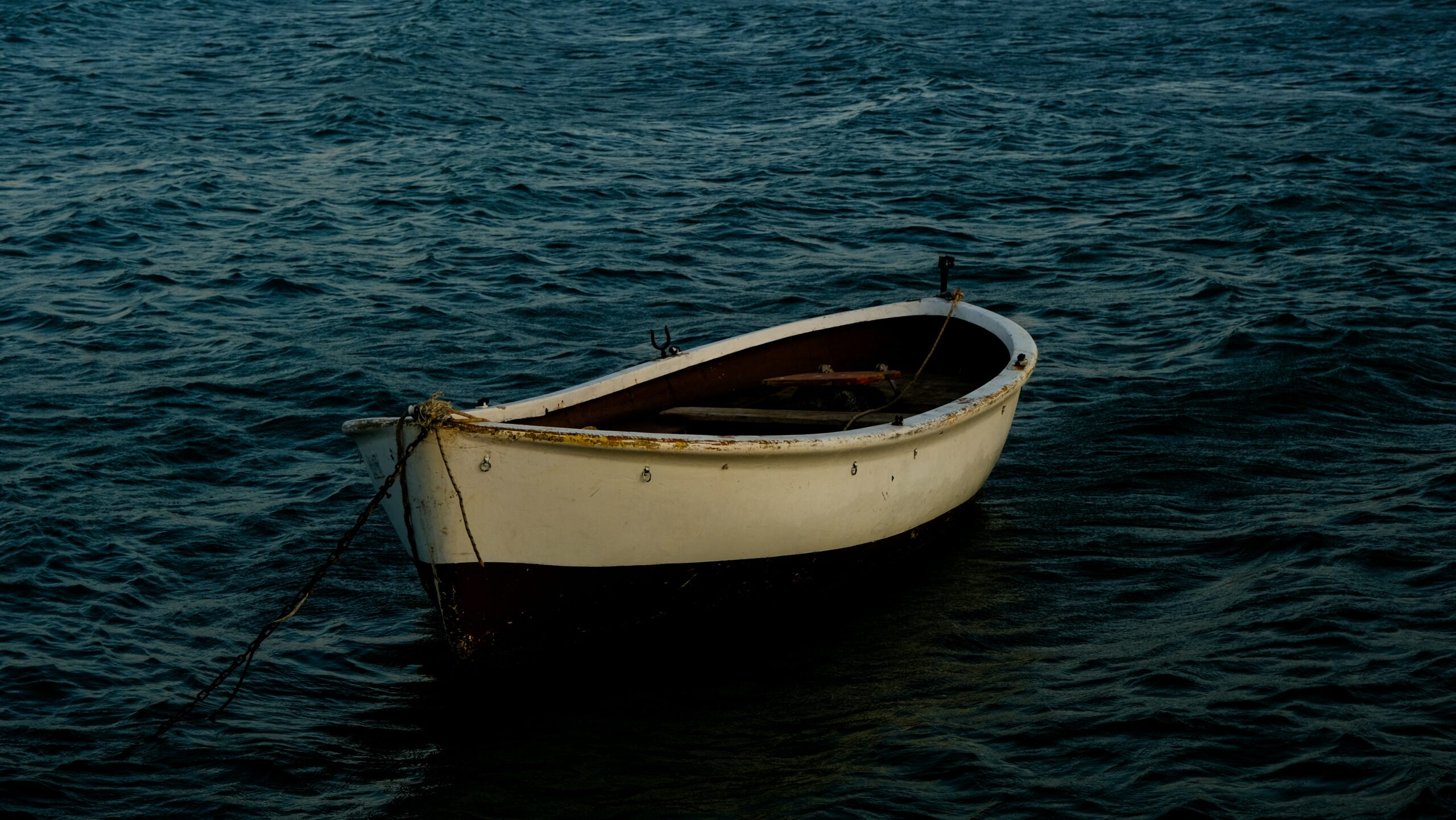The Mary Celeste
Famous Mystery of the Sea
Happy Weird Wednesday! Today we’re going sailing! But it’s no pleasure cruise.
It’s odd to think about what ships really are: just small bits of wood on a vast ocean. Ships at sea don’t have a lot of recourse when something goes wrong: there’s a radio, a distress beacon, and some provisions, but really it all comes down to having to put your faith in even smaller bits of wood: lifeboats. Now take away the radio and distress beacon and you’ve got the situation in which the Mary Celeste found herself in late November of 1872.
The Mary Celeste was an American-registered merchant ship which was supposed to sail from New York to Genoa, Italy, with a cargo of 1,701 barrels of alcohol. The captain was Benjamin Briggs, and his wife and small daughter were aboard as well. When they left port, everything seemed fine: a well-respected captain and crew, secure cargo, and a seaworthy ship.
But somewhere out in the Atlantic, something went wrong. And that’s all we really know. The Mary Celeste herself survived: she was found adrift and deserted on December 4, 1872, off the Portuguese Azores Islands. The ship was undamaged except for some wear and tear from sailing unmanned for 9 days, according to the log discovered on board, in which the last entry was routine. The ship’s papers and instruments were gone, and so was the lifeboat, which appeared to have been tied to the ship, and then cut free. The food and personal possessions of the occupants were left behind.
Obviously, there have been many theories about what happened, which range from plausible to possible to paranormal.
Let’s start with violence. There was no sign of a struggle, and reddish brown stains on deck turned out not to be blood. But that doesn’t mean everybody on board left alive. Possibilities include mutiny, murders for non-mutiny reasons, a takeover by pirates or another ship’s crew (the ship which found the Mary Celeste, the Dei Gratia, was ruled out because she left New York later and was slower than the doomed ship), or the Mary Celeste crew taking over another ship and abandoning their own. Of course, no one stole the Mary Celeste’s cargo or other goods, even food, and sailors in mutiny would likely sink the ship to hide the evidence, posing as shipwrecked refugees.
Then we have the theories that could be summed up as The Big Mistake: something happened on the Mary Celeste to convince a captain and crew that their little lifeboat was safer than the ship. Obviously and very unfortunately, they were wrong.
Because the crew didn’t take everything they would need to survive in the lifeboat (papers and instruments but no large supply of food), and made no log entry about the problem, they may have either abandoned ship in a big hurry or else intended their lifeboat journey to be temporary. This may be why they apparently tied the lifeboat to the ship rather than try to row away and gain distance.
But what could have made them make such a terrible mistake? Most theories center on the cargo: alcohol. Alcohol gives off dangerous and flammable fumes, and there may have been an explosion (small enough to leave the ship undamaged) and/or other signs the ship was going to be destroyed. Once off-ship, someone cut the rope, and ship and lifeboat were separated forever.
The Mary Celeste mystery is a particularly heart wrenching one, because we know it’s likely that the captain and crew suffered a great deal before they died. It is possible the ship was abandoned in sight of Santa Maria Island, but if so, the lifeboat’s occupants never reached it. They may have gotten close, and then wrecked on the rocky shoreline, or they may have drifted into the open sea. The worst part is they had to watch their ship, their safety, sail away from them, not exploding or sinking as they’d feared. They had to realize they’d made a horrible mistake.
We’ll get into the paranormal theories below in our ghostly writing prompts!
- The captains’ curse. The Mary Celeste actually lost three captains to premature death: the other two fell ill while on board. There’s also a theory that Captain Briggs might actually have died before the ship was abandoned, and without his good counsel, the crew were more likely to leave a sea-worthy ship. So you could write about a ship with a particular hatred for captains. Perhaps the ship itself was the killer, or it might have been cursed by someone with a hatred for authority, or malice toward the first captain to die, but the curse unfortunately kept going past him. In any case, the last captain of the Mary Celeste got some revenge: Capt. Gilman C. Parker purposely ran the ship aground in 1884 in an act of insurance fraud.
- What lies beneath. So my personal favorite ghost ship theory is always going to be sea monsters. A contemporary writer actually suggested a giant octopus could have picked the crew of the Mary Celeste right off the deck. (Someone pointed out the octopus probably wouldn’t have also taken the ship’s instruments, but maybe it liked shiny things, okay?) Sea monsters are fun because they can be any size—even tiny—and either chimeras with six jaws full of teeth or something more appropriate to evolutionary standards. You could have a relic population of Devonian Age monsters, some creature completely unknown and undescribed, or something mutated from its natural form. Sea monsters don’t even have to come from the sea: they can be cooked up in laboratories or beamed in from space.
- The deadly lifeboat. There is a lot of horror in a lifeboat adrift on the open ocean. Historical survival accounts mention storms, shark attacks, sunburn and salt water ulcers, dehydration, starvation, depression, hallucinations, madness, suicide, murder, and of course, cannibalism. What would be different if there was a woman and child aboard the lifeboat? Or if everyone blamed the captain for getting them into this mess, including the captain himself? It might make for a good story to have everyone getting into the lifeboat for entirely plausible reasons, and then have the paranormal wackiness occur. How much scarier would a giant sea monster be to a lifeboat rather than a ship?
- A haunting on the Atlantic. Let’s put the ghost in ghost ship. The lifeboat occupants obviously didn’t survive, and they didn’t go gently. In fiction, those are prime ingredients for a haunting! But where would the haunting take place? Perhaps after death, some of the ghosts made it back to their abandoned ship, and lingered to frighten future crews. Or maybe they’re still trying to get there: they might be like vanishing hitchhikers of the sea, a lifeboat full of people in outdated dress getting picked up by other ships and then disappearing before they reach shore. Or maybe they could be a small-boat version of the Flying Dutchman, a terrible omen to any that see them and a danger to those who try to take them on board.
- A different kind of ship. Alien abduction is always a good explanation for vanishings without a clear reason. In that way, aliens function like the Grim Reaper, just snatching people away on an otherwise ordinary day. But let’s look more closely at the alien perspective. Why take a ship’s crew? Were they populating a zoo of humans on another planet? Doing scientific experiments? Testing weapons? Or maybe it was aliens who thought the Mary Celeste was about to explode, and performed an unnecessary rescue. What would happen then, especially if the humans couldn’t be returned after what they’d seen? Would they integrate into alien society? Have further adventures in a space ship or on the ocean of another planet? Maybe one of them might have a forbidden love affair with an alien and have to strike out on their own in a tiny ship, an outer space version of a lifeboat.
Thanks for spending your Weird Wednesday on board! I wish you all smooth sailing.
Want to chat about the blog? Did you use one of the prompts? Hit me up on social media.
If you like mysterious tales of the sea, you can read my story The Lifeboat in Seaside Gothic, Issue 4. Cousins looking to scatter their grandfather’s ashes make an unsettling discovery in a sea cave.
Sign up for my free monthly newsletter and never miss a blog post!
Sources & further reading:
Abandoned Ship: The Mary Celeste: Smithsonian Magazine
What Really Happened to the Mary Celeste? Museum Hack
Lauber, Patricia. Famous Mysteries of the Sea. Thomas Nelson & Sons, 1962. On Goodreads


